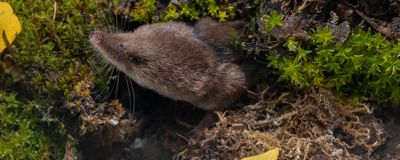News
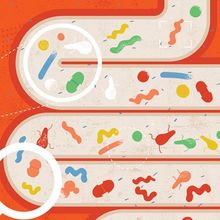
An Antibiotic That Distinguishes Friend from Foe
Sneha Khedkar | Nov 19, 2024 | 4 min read
A novel compound targets an essential transport system found only in disease-causing bacteria, leaving commensal bacteria unharmed.
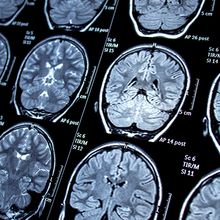
Blocking Scar Formation Prevents Glioblastoma Recurrence
Rebecca Roberts, PhD | Nov 18, 2024 | 5 min read
A combination of three therapies prevented scar tissue and stopped glioblastoma in its tracks in mice.
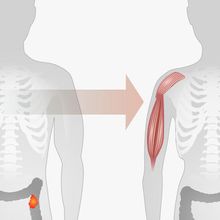
The Neural Circuitry Driving Cancer-Related Wasting Disease
Sahana Sitaraman, PhD | Nov 18, 2024 | 4 min read
In mice, dampening the activity of area postrema neurons diminished cancer-induced muscle and fat loss and increased lifespan.

The Secrets of Securing a Senior Scientist Role in an Industry
Shelby Bradford, PhD | Nov 15, 2024 | 5 min read
Nathalie Fuentes shared her experience of landing a unicorn position in a pharmaceutical company after a postdoctoral fellowship.

Elephant Deaths Trigger a Kodo-Millet Fungus Investigation in India
Sneha Khedkar | Nov 14, 2024 | 4 min read
When multiple elephants were found dead in a national park in India, microbiologists turned to investigate their prime suspect: fungi.
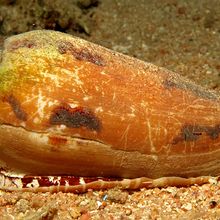
A Sea Snail Toxin Could Inspire New Diabetes Drugs
Laura Tran, PhD | Nov 14, 2024 | 5 min read
Sea snails stun their prey with toxins that mimic glucose-regulating hormones.

A Wastewater Surveillance Program Sounds the Alarm on Avian Influenza
Deanna MacNeil, PhD | Nov 14, 2024 | 6 min read
Born from the COVID-19 pandemic, a viral-agnostic approach blends sequencing research and public health to get ahead of bird flu transmission.

AI-Assisted Genome Studies Are Riddled with Errors
Sahana Sitaraman, PhD | Nov 13, 2024 | 3 min read
Researchers used artificial intelligence in large genomics studies to fill in gaps in patient information and improve predictions, but new research uncovers false positives and misleading correlations.
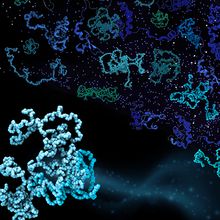
How Stem Cells Stay Young
Rohini Subrahmanyam, PhD | Nov 13, 2024 | 4 min read
Bone marrow stem cells defy typical aging, and it may be because they express the right proteins.
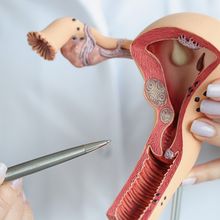
Modeling the Human Cervix on a USB-Sized Chip
Sneha Khedkar | Nov 13, 2024 | 4 min read
Microfluidic chips that mimic the complex human cervical environment provide a platform to study the reproductive tract and associated infections like bacterial vaginosis.

How Can Fungi Address the Global Food Waste Problem?
Danielle Gerhard, PhD | Nov 12, 2024 | 8 min read
Scientists are reimagining the food system, turning to fungal fermentation as a sustainable method for transforming food byproducts into tasty treats.
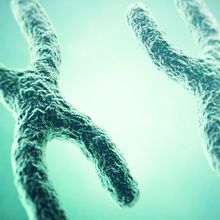
Genetic Signals Linked to X Chromosome Loss Later in Life
Claudia Lopez-Lloreda, PhD | Nov 12, 2024 | 3 min read
Loss of the X chromosome increases with age and may have implications for health and disease risk.
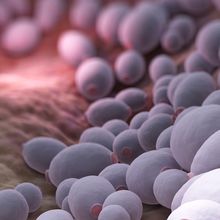
A Fungal Messenger Impairs Immune Cell Function
Shelby Bradford, PhD | Nov 8, 2024 | 3 min read
Farnesol, a fungal signaling molecule, alters lipid synthesis in dendritic cells, causing mitochondrial dysfunction and decreased inflammatory responding.

What Drives the "Wet Dog Shakes" Reflex in Furry Animals?
Hannah Thomasy, PhD | Nov 7, 2024 | 3 min read
Scientists identified the mechanoreceptor that triggers the distinctive shake-off behavior observed in mice when they become wet.
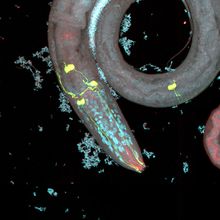
Worms’ Nose for Danger Helps Ward Off Pathogens
Laura Tran, PhD | Nov 7, 2024 | 3 min read
Nematodes can sniff out trouble, kicking off a mitochondrial defense in the gut to fend off bacterial invaders.
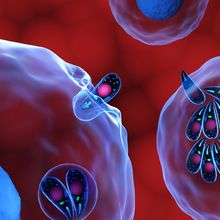
Live Imaging Intracellular Parasites Reveals Changes to Host Metabolism
Shelby Bradford, PhD | Nov 6, 2024 | 4 min read
Researchers found that Toxoplasma gondii increased the host cell’s metabolic activity, offering insights into potential treatment strategies.

Sleep Disruptions and Impaired Muscle Control in Ataxia May Share a Culprit
Shelby Bradford, PhD | Nov 5, 2024 | 4 min read
Dysfunctional neurons in the cerebellum, a brain region that controls motor functions, reduced REM sleep in mice.
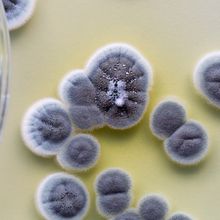
How a Moldy Cantaloupe Took Fleming’s Penicillin from Discovery to Mass Production
Hannah Thomasy, PhD | Nov 4, 2024 | 10+ min read
Alexander Fleming’s 1928 discovery of a mold with antibacterial properties was only the first serendipitous event on the long road to penicillin as a life-saving drug.
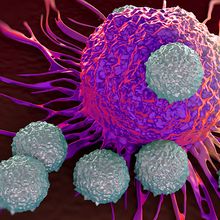
Meet Cyclone: A Monitoring Tool That Watches for Waves of Immune Response
Rashmi Shivni | Nov 1, 2024 | 4 min read
A new algorithm detects when immunotherapies create surges of T cell responses in melanoma patients.
